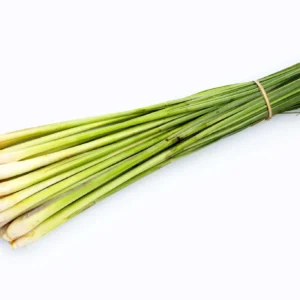Showing 73–84 of 169 resultsSorted by latest
-

Milk Thistle Extract (Silybum marianum. (L.))
Request Quote -

Mate Tea Extract (Ilex paraguariensis)
Request Quote -

Marigold Extract (Tagetes erecta)
Request Quote -

Manjishtha Extract (Rubia cordifolia)
Request Quote -

Mangosteen Extract (Garcinia mangostana)
Request Quote -

Maitake Mushroom Extract (Grifola frondosa)
Request Quote -

Lycopene (Solanum lycopersicum)
Request Quote -

Lungwort Extract
Request Quote -

Lion’s Mane Extract (Hericium erinaceus)
Request Quote -

Lemongrass Extract (Cymbopogon citrates)
Request Quote -

Lemon BalmExtract (Melissa officinalis)
Request Quote -

Kudzu Root Extract
Request Quote
